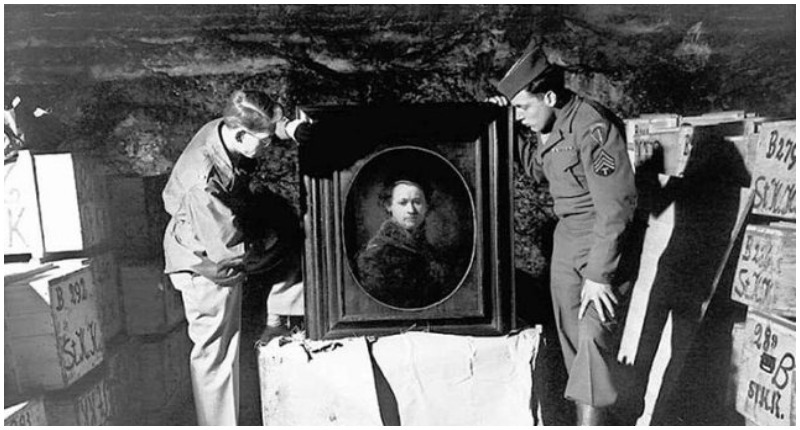World class art is typically associated with the super rich. But every so often a story breaks that places valuable pieces in the hands of lesser mortals, sometimes without them even realizing.
The art establishment gets one in the eye and the artist in question is talked about in a whole new context. These 4 cases take famous examples out of the air-conditioned gallery and guarded vault, and into the dusty attics and grimy garages of unsuspecting patrons…
Jackson or Junk
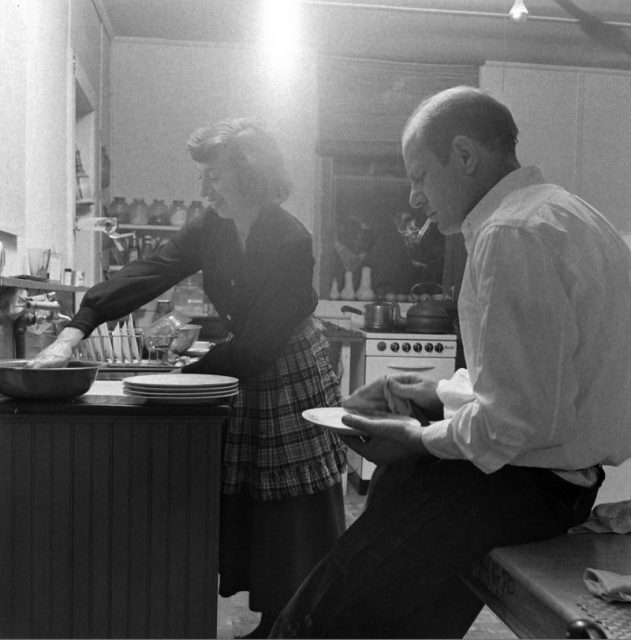
Amateur bargain hunters have learned that one person’s trash is another’s treasure. Retired truck driver Teri Horton took that lesson and then some when uncovering what appeared to be a Jackson Pollock in a San Bernardino thrift store.
Pollock’s method, according to the website of the Museum of Modern Art, “consisted of flinging and dripping thinned enamel paint onto an unstretched canvas laid on the floor of his studio… His works, which came to be known as ‘drip paintings,’ present less a picture than a record of the fluid properties of paint itself.”
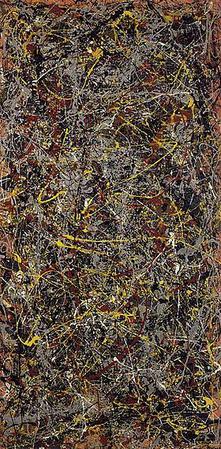
Not that Horton was aware of Pollock’s style at the time. She’d handed over a princely $5 for the piece. It was intended as a small gift for a pal of hers.
Last year History.com wrote, “Upon seeing the painting, an art teacher surmised that it could be a Jackson Pollock, to which Horton responded, ‘Who the f*** is Jackson Pollock?’”
This was back in the early Nineties. Decades on, and many arguments later, Horton is still holding onto the painting. Now in her eighties, Horton is convinced of its authenticity and she’s not alone.
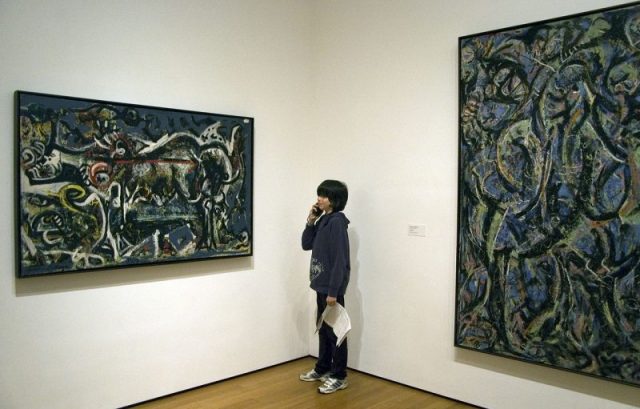
Director Harry Moses named a 2006 documentary about the affair after her swears-heavy response. Speaking to the New York Times, he commented that “It’s a story of the art world looking down its collective nose at this woman with an eighth-grade education.”
Reportedly wanting $50 million for the work, she’s been offered a fraction of that price by those reluctant to confirm its status. She keeps hold of her find, waiting for the day her dreams will be realized.
Recovering Rembrandt
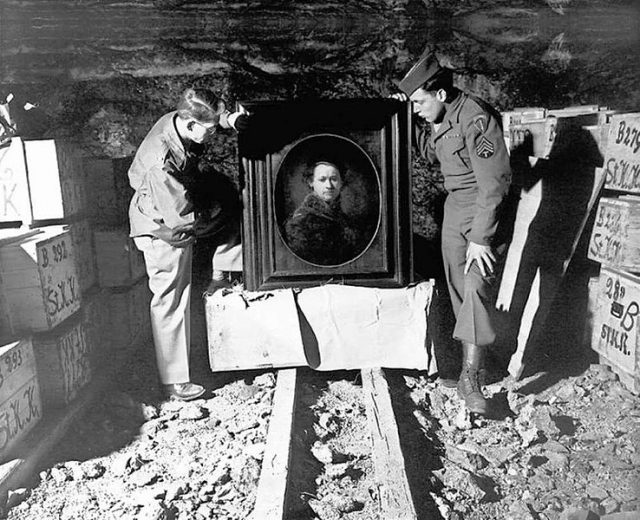
A basement in New Jersey was the unlikely location of a lost oil painting by 17th century legend and Dutch Master Rembrandt Harmenszoon van Rijn. Discovering it was a question of people following their nose.
This was because the work explored the sense of smell! The Unconscious Patient (An Allegory of the Sense of Smell) is believed to have been painted in the mid-1620s.
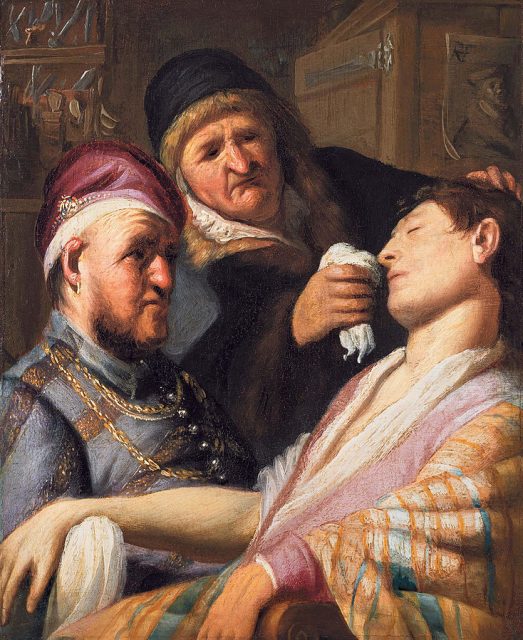
In 2016 Smithsonian.com referred to the content of the piece, writing “The swooning young person in the foreground is being revived by an elderly woman using a rag laden with some pungent chemical, while a richly bejeweled man looks on.”
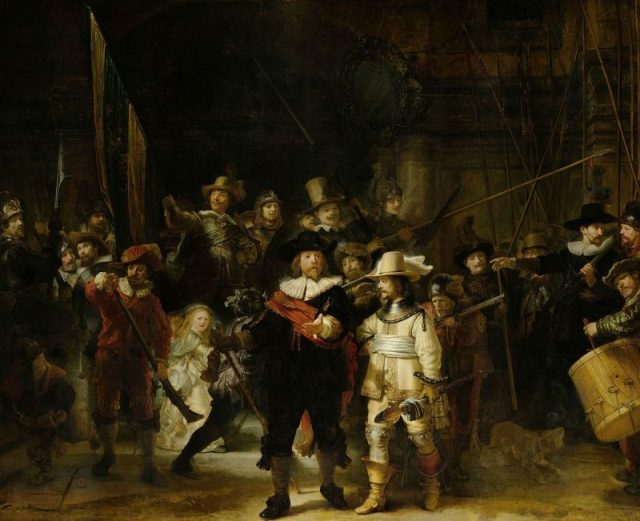
It was part of a series of works Rembrandt created based around the five senses. And thankfully for the owners of the house, experts made full use of the sense of sight.
The painting was a little worse for wear and framed in a Victorian fashion, which confused some. But eventually what Mental Floss called the “Rembrandt-in-disguise” was officially acknowledged.
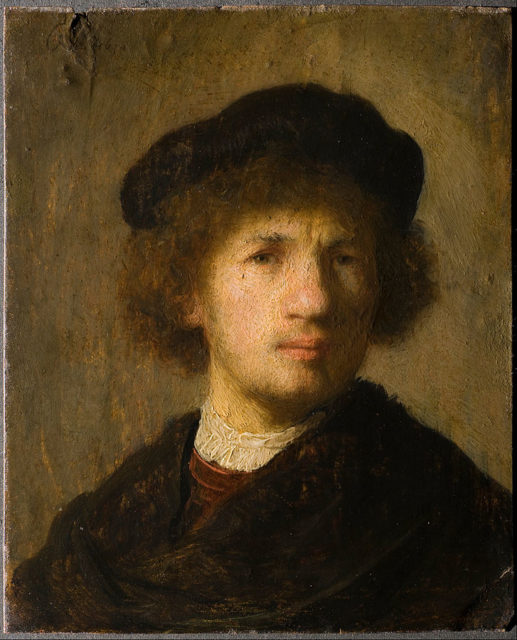
An olfactory masterpiece became a multi-million dollar sale. However it could so easily have not ended up that way. Ned Landau, brother of Roger and Steven, was the family member who thought the painting might be something special following their mother’s death in 2010.
The Philly Voice wrote in 2016 that he “couldn’t understand why his mother would ever have had such an unsettling image hanging in the family dining room.” That creepy heirloom netted them $1.1 million.
Caravaggio Conundrum
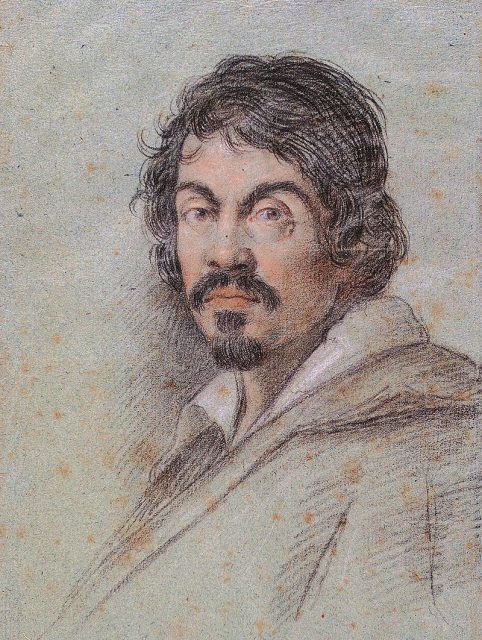
Sometimes nature can reveal the hidden gems of the art world. The misery of a leaking roof in Toulouse, France turned out to be a good thing when householders ventured up for some DIY.
They found their attic contained Caravaggio’s painting Judith Beheading Holofernes. This Biblical scene was rendered in the Italian Baroque style and dated back to the beginning of the 17th century. Yet it wasn’t as straightforward as all that.
History.com mentioned the muddled background to the piece, saying “It is thought that the artist painted two versions of the scene, the second of which is still missing, but some experts believe that this particular work was actually completed by Caravaggio’s contemporary, the Flemish artist Louis Finson.”
This caused an argument among experts as to who was responsible for the brush-stroked decapitation. Such disputes can verge on the Biblical!
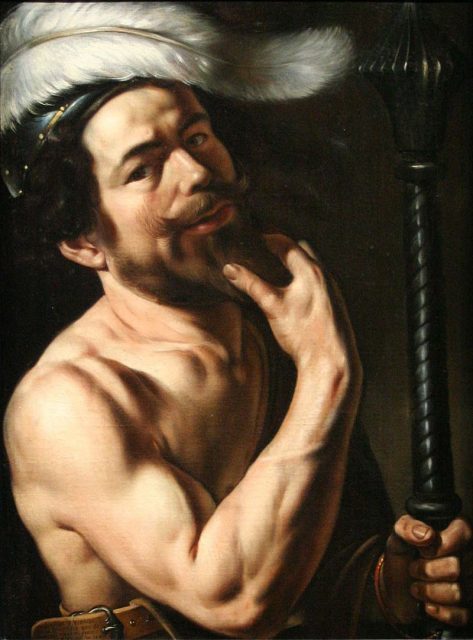
Mental Floss wrote, “In 2016, art historian Giovanni Agosti resigned from the board of Milan’s Brera Art Gallery after the institution displayed the work alongside authenticated Caravaggio paintings.”
The French government effectively placed the work under house arrest with an export ban. It’s reportedly worth $136 million — enough to stop even the roof of Notre Dame Cathedral leaking.
Vindicating Van Gogh
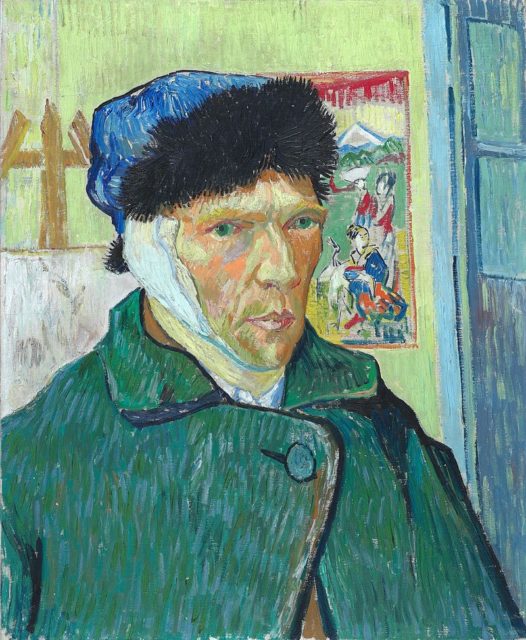
One of the most extraordinary artistic discoveries should arguably have been spotted much earlier. It was a 19th century landscape titled Sunset at Montmajour. Its owner in 1908 was a Norwegian industrialist, and previously it had been in the possession of one Theo van Gogh.
If that name sounds familiar, it’s because he was the art dealer brother of inspired ear-slicer Vincent Van Gogh.
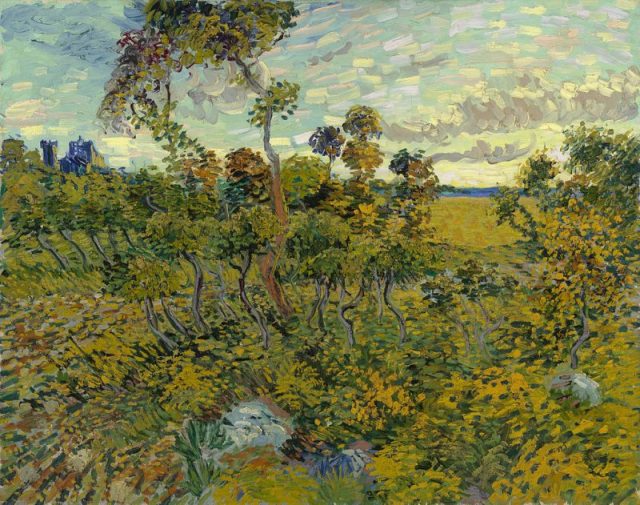
As described on the website vincentvangogh.org, “The painting depicts dusk in the hilly, forested landscape of Montmajour, in Provence, with wheat fields and the ruins of a Benedictine abbey in the distance. The area around Montmajour was a subject that van Gogh revisited often.”
Unfortunately while it seemed likely the piece was Vincent’s, the industrialist was informed otherwise. It sat in his attic for decades until being reappraised by the home’s new owners.
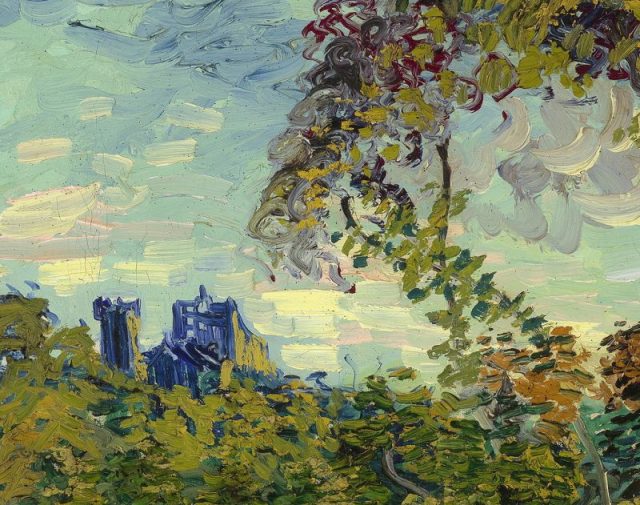
Surprisingly it took until 2013, and the advent of the right technology, for the painting to be verified.
The Independent reported “It is the first full-sized Van Gogh canvas discovered since 1928, while the last record of what is believed to be this work was made in 1908. One of the experts called it a ‘once-in-a-lifetime discovery’.”
If it wasn’t for these ordinary locations and their secrets, such beautiful works might never have been recognized and brought into the public eye.
